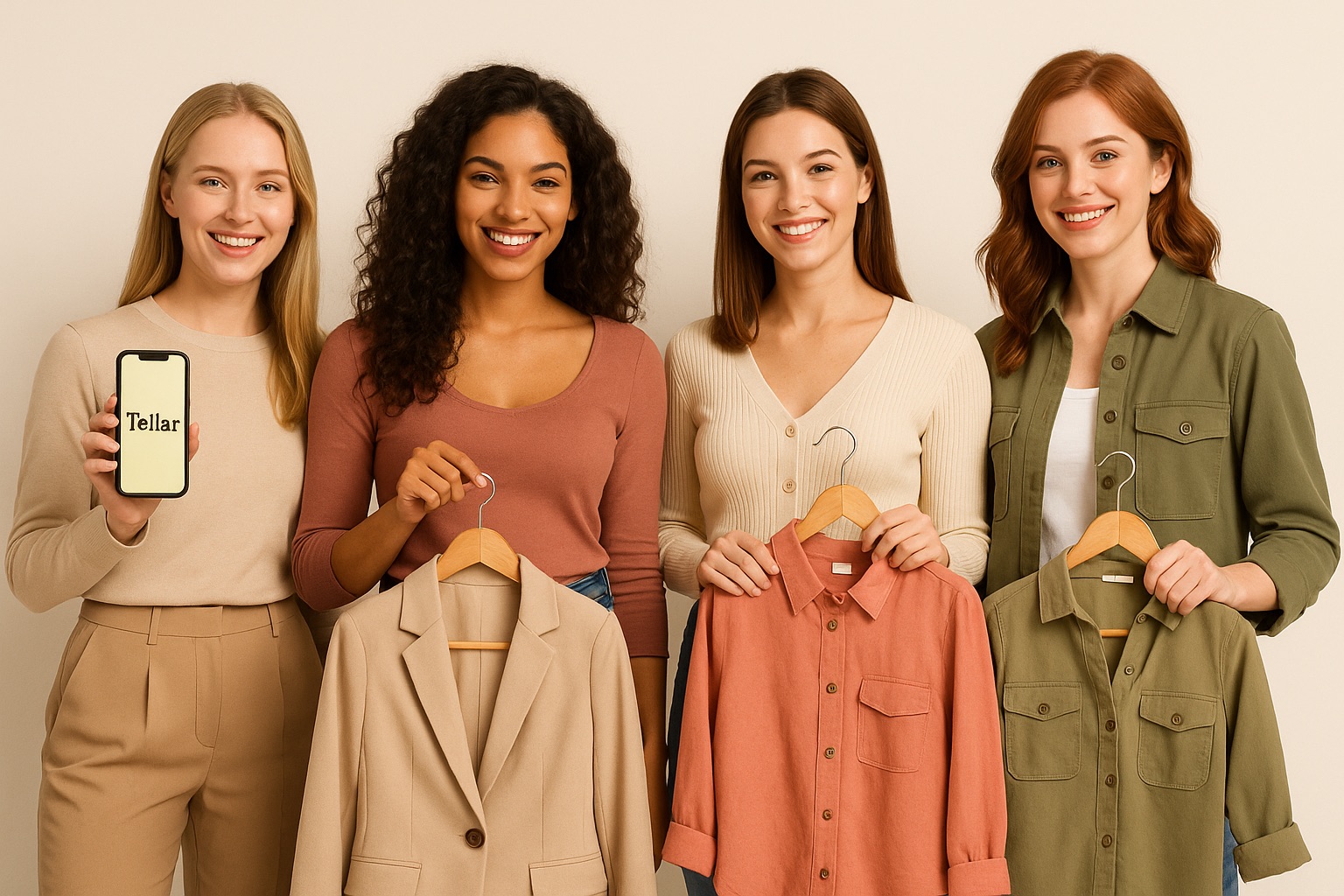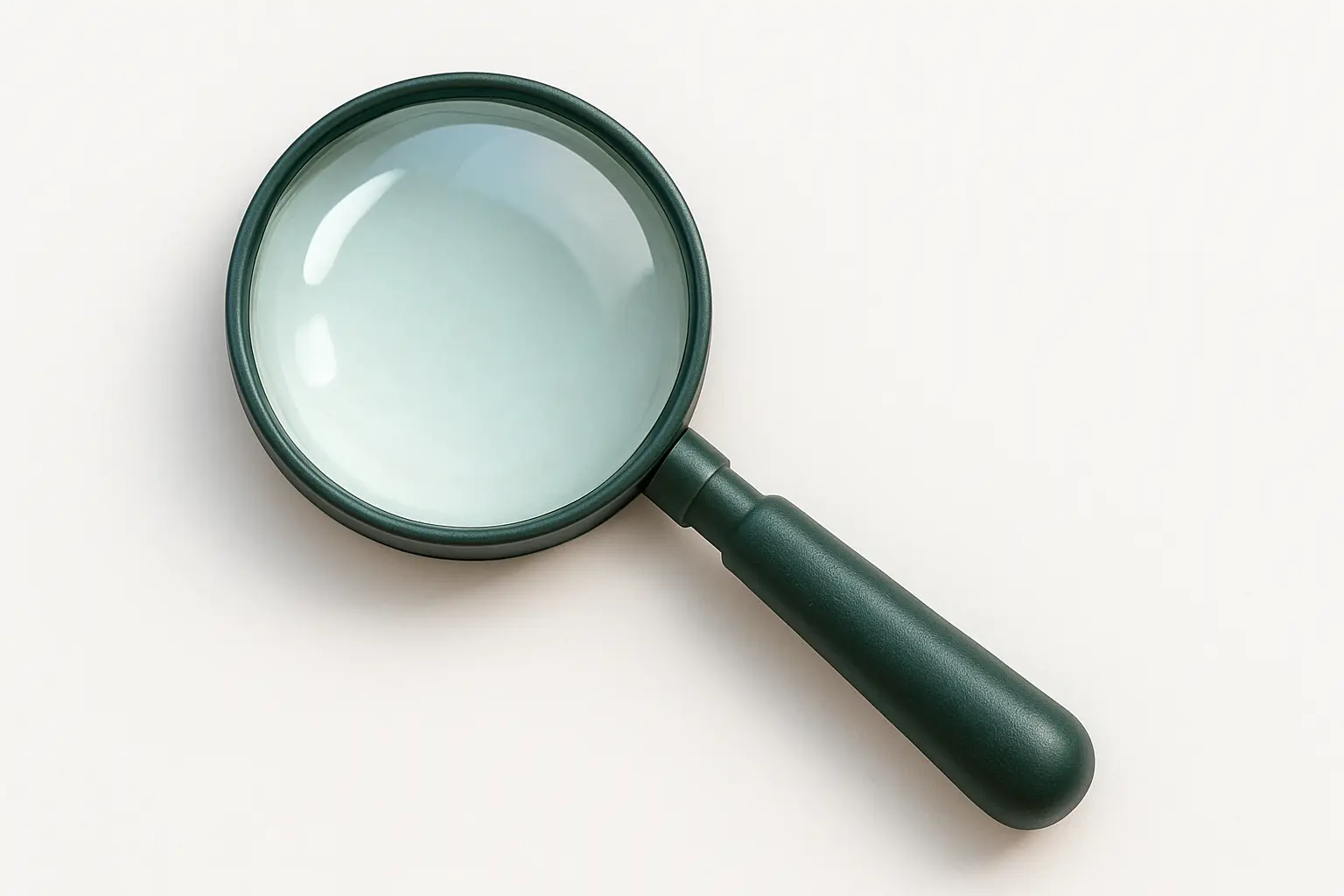Should I Size Up or Down? The Smart Guide to Getting Your Perfect Fit
Author: Stylist at TellarDate: 2025
When it comes to buying clothes—especially online—the question “Should I size up or down?” has become a universal dilemma. With sizing differing wildly between brands, regions, and even individual garments, it’s no surprise that over 60% of fashion returns in the UK are due to poor fit. So how do you make the right call?
Let’s unpack the facts behind sizing inconsistencies and guide you on how to make smarter, stress-free decisions—plus how Tellar.co.uk can take the guesswork out of shopping for good.
Why Is Clothing Sizing So Inconsistent?
The short answer: there’s no universal standard.
What one brand calls a “Size 10” might be equivalent to a Size 8—or even a Size 12—in another. This inconsistency is due to a combination of factors:
1. Vanity Sizing
Brands often label larger garments with smaller sizes to appeal to consumers’ egos. A US study found that women’s clothes have “shrunk” by up to two sizes on the label over the last 30 years—despite the actual measurements staying the same.
2. Brand Target Market
Luxury, youth-focused, or designer brands often run smaller. Meanwhile, mass-market or high street labels may size more generously to accommodate a wider audience.
3. International Differences
UK sizes don’t directly translate to US, EU or Asian sizes. For example, a UK 10 is a US 6 and a European 38. And that’s before factoring in shape, cut, or stretch.
4. Fabric and Fit
Stretchy materials, oversized cuts, or tailored items each behave differently on the body. A fitted cotton shirt might require a size up, while a slouchy knit jumper might be better sized down.
What Does “Size Up” or “Size Down” Really Mean?
When people talk about sizing up, they usually mean choosing one size larger than their “usual” size to allow for comfort, layering, or a looser fit. Sizing down means opting for a tighter, more form-fitting look, or adjusting for items that run large.
However, this assumes you know your base size—which isn’t always the case.
The Risks of Guessing Your Size
Buying clothes a size up or down without proper reference can cause:
Returns and delays
Poor fit and discomfort
Loss of confidence in your body or brand
Frustration with online shopping
The biggest problem? You’re not the problem—sizing systems are.
That’s exactly what tellar.co.uk is here to fix.
How to Decide: Should I Size Up or Down?
Here’s a smarter approach, using expert advice and fit logic—plus a little tech magic from Tellar.co.uk.
1. Check the Size Guide—But Don’t Rely on It Alone
Always read the brand’s size guide before purchasing, but understand it’s often generic. Most charts don’t account for cut, stretch, or real customer feedback.
That’s why Tellar.co.uk matches your actual body measurements to over 1,500+ brand-specific size charts to show you your real fit—not just a rough estimate.
👉 Try it for free now at tellar.co.uk
2. Know Your Own Measurements
Measure your:
Bust
Waist
Hips
Use a soft tape measure and write them down in both cm and inches. This will give you the most accurate baseline—because "Size 10" means nothing if your bust is 88cm and the top only allows for 84cm.
Don’t worry if you don’t have a tape measure—Tellar.co.uk lets you build a free profile with just your known size in a specific brand, and it will estimate the rest.
3. Read Customer Reviews
Look for reviews that mention fit. Phrases like “runs small,” “true to size,” or “size up for a looser fit” are invaluable. If most people say it runs tight, size up. But again—this still leaves you guessing.
Instead, log in to tellar.co.uk and we’ll show you instantly whether to size up or down for that exact item and brand.
4. Consider the Style and Fabric
Tailored or fitted garments: Often require sizing up unless you want a bodycon fit.
Stretch fabrics: You can often size down if the fabric includes elastane or lycra.
Oversized styles: May allow you to size down for a cleaner silhouette.
Linen, denim, or wool: These natural fibres have minimal stretch—go true to size or size up.
Still unsure? Tellar.co.uk takes fabric, brand, and cut into account in every size recommendation.
5. Factor in Shrinkage and Wash Care
Cotton and wool can shrink in the wash. If you’re between sizes and buying something prone to shrinkage, size up. But the best route? Let Tellar do the thinking for you.
The Smarter Way: Use Tellar.co.uk

Instead of gambling on whether to size up or down, use tellar.co.uk to:
✅ Enter your exact measurements (or your usual size in one store)
✅ Instantly get your best fit across 1,500+ UK and international brands
✅ See how each brand runs (large, small, true to size)
✅ Avoid size charts altogether
✅ Enjoy hassle-free shopping without returns
Real-Life Example
Let’s say your bust is 91cm, waist 75cm, and hips 98cm.
In Zara, you might need a Medium.
In & Other Stories, a size 10.
In Reiss, perhaps a size 12.
In White Stuff, even a size 8 might fit!
Confusing? Definitely.
That’s why we built tellar.co.uk—to decode the madness for you.
Final Verdict: Should You Size Up or Down?
Answer: Neither. You should size smart.
Sizing up or down without context can lead to disappointment, wasted time, and lost confidence. But with tools like Tellar.co.uk, you don’t need to second guess anything. Your best fit is matched instantly and for free.
Ready to Stop Guessing Your Size?
💡 Create your free profile now at
📲 Follow us for sizing tips, brand reviews and new features:
Instagram: @Tellarsizing
Pinterest: TellarUK
Facebook: TellarSizing
X (Twitter): @Tellar100
“Find your size in 1,500+ brands real-time. It’s free & easy.”
Only at tellar.co.uk
The Tellar Fashion Hub is the World's Largest, 100% Free, Fully searchable, Fashion Library. Filled with 4000+ Honest & Unbiased posts, written by our expert stylists.
No adverts, no sponsored posts, no subscriptions. We are 100% free to use.
We are paid by affiliates, but we never allow brands to influence our recommendations.
Honest, Unbiased, Accurate & Free.
